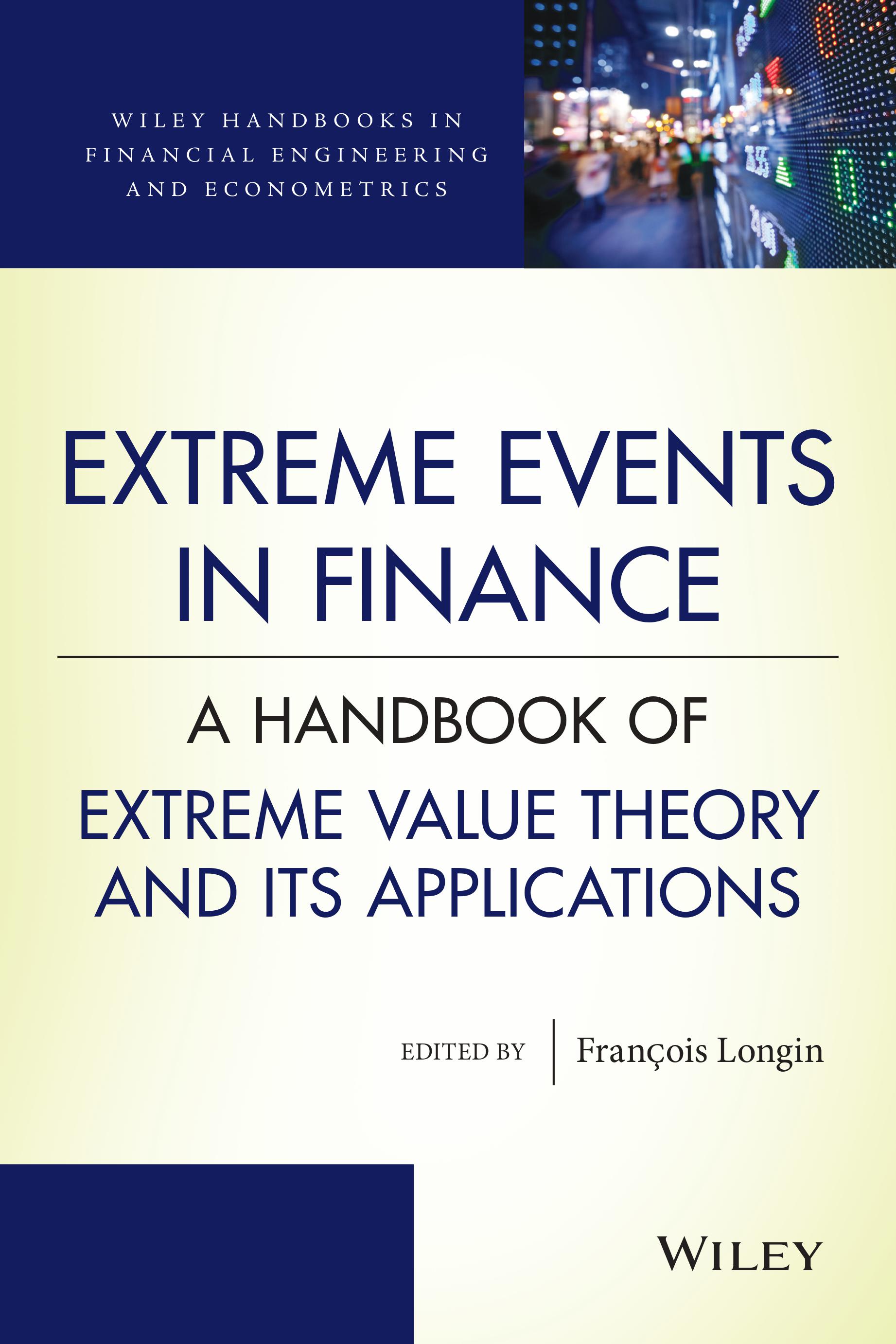Comparing tail risk and systematic risk profiles
|
||
|
In this chapter we define market-based indicators of tail risk and systemic risk for financial institutions. More specifically, we apply statistical extreme value analysis to the tails of the institutions’ equity capital losses. We evaluate tail risk by means of the likelihood of individual institutions’ financial distress whereas institutions’ systemic importance is measured by means of the likelihood that individual institutions are triggered into distress by aggregate shocks (extreme systematic risk or “tail-β’s”). Dividing 91 top US financial institutions into four industry groups as in Acharya et al. (2010) and Brownlees and Engle (2015) enables one to make cross-industry tail risk and systemic risk comparisons. This constitutes the main objective of the paper. Insurance companies exhibit the highest equity tail risk. Somewhat surprisingly, deposit banks (and not broker-dealers) seem to be most strongly exposed to adverse aggregate shocks. Also, extreme systematic risk seems to exhibit some predictability towards future distress as the rank correlations between pre-crisis and crisis tail-β’s are found to be relatively high. Finally, institutional size proxies are not strongly correlated with tail risk (no diversification effect for larger institutions); but size seems correlated with our systemic risk measure. However, the size and ranking results vary considerably across industries and across time. |
||

|

|
Stefan StraetmansMaastricht University |
|
Thanh Thi Huyen DinhLage Landen Group |
|



